Karen Danielsen Horney
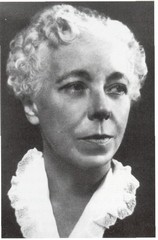 Karen Danielsen Horney
Karen Danielsen Horney
Pioneering Psychiatrist
1885-1952
Childhood was not a particularly happy time for Karen Danielsen Horney. She resented her authoritarian father and felt that both her parents loved her brother best. Although she was very beautiful, she began to think of herself as ugly. If she could not be beautiful in her own eyes, she decided, she would be smart, and eventually she became a doctor. Then, her own inner conflicts drew her toward the new field of psychoanalysis.
After going through analysis and becoming an analyst herself, Dr. Horney began to question some of the basic ideas that Sigmund Freud, the founder of psychoanalysis, had put forth regarding women. Dr. Horney was the first Freudian to disagree with Freud's ideas about women's emotional issues. She developed her own theories about female psychology and about emotional disorders of both men and women. These theories became very important to psychologists and psychiatrists, and today influence how they treat people with emotional problems.
Karen Danielsen was born on September 16, 1885, in a village near Hamburg, Germany. Her father, Berndt, was a Norwegian sea captain who became a German citizen and worked for the Hamburg-American Lines. He held authoritarian religious beliefs, felt that the husband should be the head of the household, and that women should be meek and obedient. Karen's mother, Clotilde, was Dutch, and more cultured and educated than Karen's father. She was more liberal in her religious views and believed in more independence for women.
From the time she was quite young, Karen had conflicting feelings about her father. She hated his gruff, authoritarian ways, but she also wanted his approval. She believed that her mother and father were more fond of her older brother, and she felt rejected and unwanted. She was very intelligent, however, and determined to be a success in life. When she announced that she intended to become a doctor, Berndt was against the idea. Karen's mother helped change his mind, and Karen went off to study medicine at several German universities, earning an M.D. degree in 1911 from the University of Berlin.
Meanwhile, in 1909, she met and married an economics and political science student, Oskar Horney. Between then and 1915, they had three daughters, and Dr. Horney was faced with the problems of raising a family and fulfilling residencies in her chosen specialties—neurology and psychiatry. Life events began to close in on her. Her mother died. Conflicting feelings again rose up regarding her father. She felt torn between her duties to her family and her career. She began to feel tired and depressed, so she sought help through the new technique of psychoanalysis in which the patient "free-associates"—talks freely about memories; thoughts, and dreams while the analyst interprets them.
Dr. Horney disagreed with some details, but believed in the basic ideas of psychoanalysis and became trained as an analyst herself, taking her first patients in 1919. From 1920 to 1932, she taught at the Berlin Institute for Psychoanalysis. Then, she was offered the post of assistant director of the Chicago Institute for Psychoanalysis. By that time, she had separated from her husband, whom she divorced in 1937. Dr. Horney and two of her daughters moved to the United States. She became a naturalized U.S. citizen in 1938.
After two years in Chicago, Dr. Horney went to New York City to teach at the New School for Social Research and the New York Psychoanalytic Institute. She also set up a private practice. By then, her disagreements with Freud were becoming greater.
She had long been interested in issues regarding female psychology. As a trained scientist, she observed that Freud's theories often did not fit her patients. She published her own theories in two books in the 1930s, The Neurotic Personality of Our Time and New Ways in Psychoanalysis, in which she openly disagreed with several of Freud's basic ideas.
The split between Dr. Horney and the Freudians widened until, in 1941, the New York Psychoanalytic Institute disqualified her. Immediately, she and several like-minded colleagues established the Association for the Advancement of Psychoanalysis and a teaching branch called the American Institute for Psychoanalysis, of which Dr. Horney was made dean. She also established and became editor of the American Journal of Psychoanalysis.
Dr. Horney's own ideas about psychotherapy began to develop further. She came to believe that all people naturally seek self-realization, a deep understanding of their inner being. Anything that interferes with this natural tendency, she believed, created emotional disorders, which at that time were called neuroses.
Until the end of her life, Dr. Horney was busy lecturing, seeing patients, writing books, and furthering her own understanding. In November 1952, she became ill. The diagnosis was advanced cancer of the bile ducts. Her condition rapidly grew worse, and she died less than a month later on December 4, 1952.
Over time, Dr, Horney's ideas have gained increasing influence. Her theories are built into most methods of psychotherapy practiced today.
More detailed information can be found in the "Extraordinary Women of Medicine" Darlene R.Stille, and issued by The Children's Press in the USA.
Information should be used just for educational purposes.



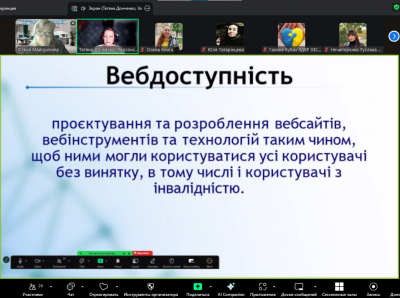
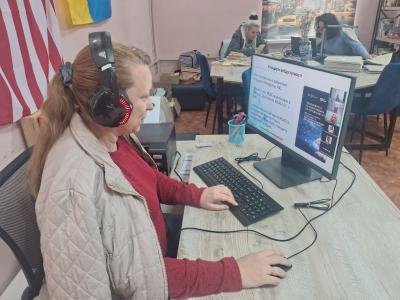

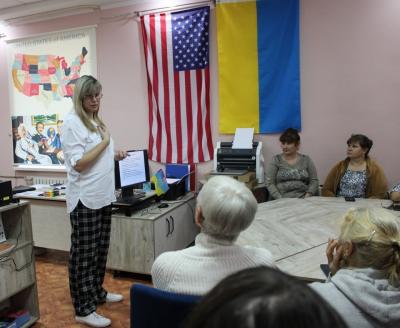

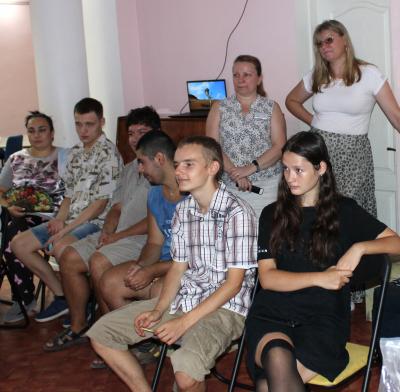
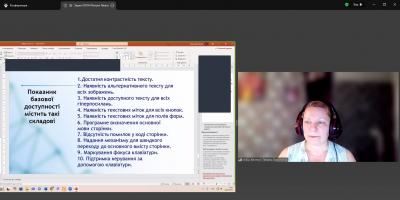

Comments